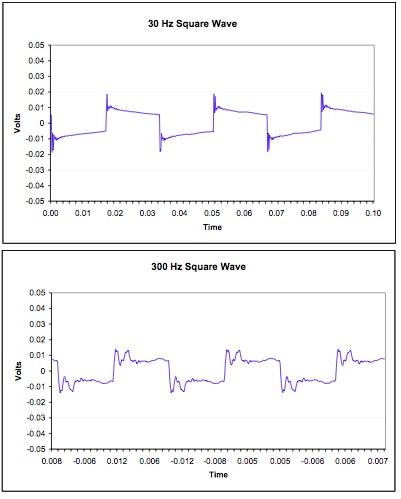rsaavedra
Headphoneus Supremus
- Joined
- Jan 20, 2002
- Posts
- 5,819
- Likes
- 21
Tyll, now that you are undertaking your own measurements project, I have a question for you.
Years ago I remember checking Headroom's freq. response graphs extensively, in particular right after the measurements for the HD650 were published. And I remember comparing them in detail with the HD600, from which response it did not really seem to depart that much, from what I can remember.
Now I plot the FR of both the HD600 and the HD650 on the Headroom pages, and I really don't recall at all the FR graphs of these two headphones having this specific kind of difference in the upper half of the spectrum.

IIRC, former graphs on headroom showed the HD650 had more upper treble than the HD600, now its the other way around; and the mids and upper mids of both were much more similar.
The HD600 also had a more pronounced depression around 6kHz (which was always associated to the so called legendary "veil"). I remember that trough going deeper in the HD600 than in the HD650 on Headroom's graphs. This current FR of the HD600 (or HD650) does not reflect that former state of affairs at all.
Do you know if there were any important changes in the way things were measured or smoothed out, that might have been the cause of this current (and to me rather different) FR graph of the HD600? And if there were new ways of measuring, were those applied equally to both the HD600 and HD650 to produce these current FR graph of them?
Years ago I remember checking Headroom's freq. response graphs extensively, in particular right after the measurements for the HD650 were published. And I remember comparing them in detail with the HD600, from which response it did not really seem to depart that much, from what I can remember.
Now I plot the FR of both the HD600 and the HD650 on the Headroom pages, and I really don't recall at all the FR graphs of these two headphones having this specific kind of difference in the upper half of the spectrum.
IIRC, former graphs on headroom showed the HD650 had more upper treble than the HD600, now its the other way around; and the mids and upper mids of both were much more similar.
The HD600 also had a more pronounced depression around 6kHz (which was always associated to the so called legendary "veil"). I remember that trough going deeper in the HD600 than in the HD650 on Headroom's graphs. This current FR of the HD600 (or HD650) does not reflect that former state of affairs at all.
Do you know if there were any important changes in the way things were measured or smoothed out, that might have been the cause of this current (and to me rather different) FR graph of the HD600? And if there were new ways of measuring, were those applied equally to both the HD600 and HD650 to produce these current FR graph of them?













































